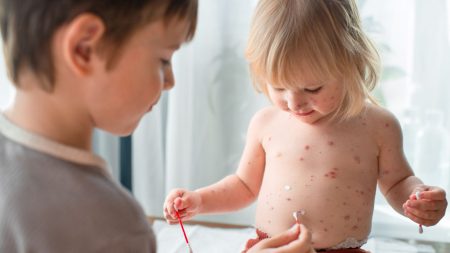The menstrual cycle, often a source of dread for many women due to its accompanying discomfort, can paradoxically be a time of enhanced physical and emotional well-being for others. While symptoms like night sweats, bloating, and cramps are common, some women report feeling more empowered, energized, and connected to their femininity during menstruation. This positive perspective is supported by research highlighting various physiological and psychological changes that occur throughout the cycle.
One key area of change is related to weight management. Studies suggest that women are more motivated to lose weight around peak fertility, likely due to hormonal shifts interacting with societal beauty standards. This heightened awareness of physical appearance extends to clothing choices, with women more inclined to wear revealing and form-fitting attire around ovulation. This is linked to increased confidence driven by rising estrogen levels, which positively influence body image and self-esteem.
Sensory perception also undergoes transformation during the menstrual cycle. The sense of smell becomes more acute as estrogen levels rise, peaking at ovulation. This heightened sensitivity allows for greater appreciation of subtle aromas and fragrances. Furthermore, there’s a subconscious preference for red and pink clothing during this fertile phase, potentially attributed to the association of these colors with femininity and attractiveness.
Social and behavioral changes are also prominent. As estrogen levels climb in the first half of the cycle, women exhibit increased confidence and assertiveness, making them more likely to express their opinions and defend their boundaries. This newfound assertiveness can be advantageous in both professional and personal settings, empowering women to pursue their goals and communicate their needs effectively. Furthermore, the rising estrogen levels, coupled with a surge in testosterone around ovulation, contribute to a heightened libido and increased interest in sex.
The fertile phase of the cycle is linked to intriguing shifts in romantic inclinations. Women might be more drawn to short-term flings and partners perceived as less suitable for long-term commitment. One theory suggests this preference stems from a subconscious desire for genetically healthier offspring. This period is also characterized by increased sexual fantasies, likely driven by the combined influence of estrogen and testosterone.
Physical attractiveness also peaks during ovulation. Research indicates that women’s skin appears healthier and pinker during this time, potentially signaling good health to potential mates. Studies have shown that men perceive ovulating women as more attractive and feminine, even without the influence of makeup. This natural allure is further reinforced by changes in vocal qualities and body language. Men exhibit increased skin conductivity, a sign of arousal, when listening to women speaking during ovulation. Moreover, studies have observed that strippers earn significantly higher tips during their fertile phase, possibly due to subconscious changes in their attire and dance style that enhance their perceived attractiveness.
While menstruation is often associated with discomfort and inconvenience, it’s crucial to recognize the multifaceted nature of this cycle and its impact on women’s physical and psychological well-being. The changes experienced during ovulation and menstruation can be viewed as empowering rather than burdensome, highlighting the complex interplay of hormones and behavior. Embracing these changes and understanding their significance can empower women to navigate their cycles with greater self-awareness and appreciation for the inherent capabilities of their bodies.











